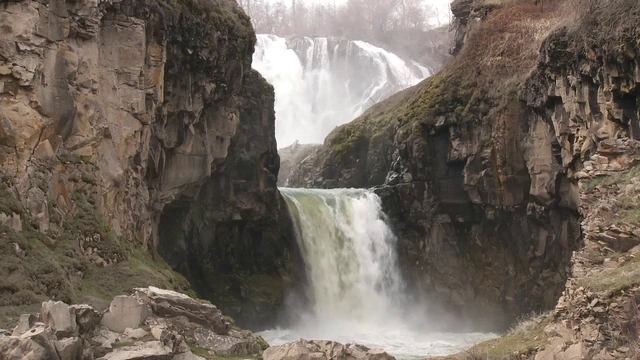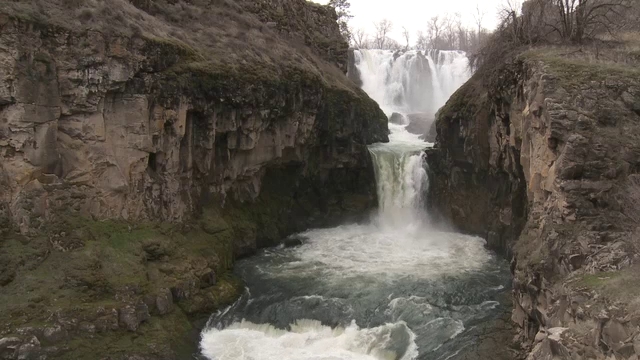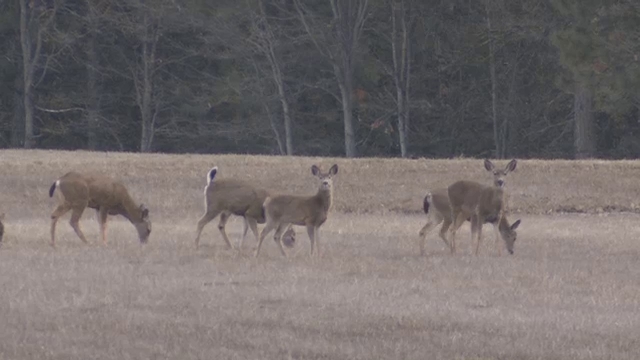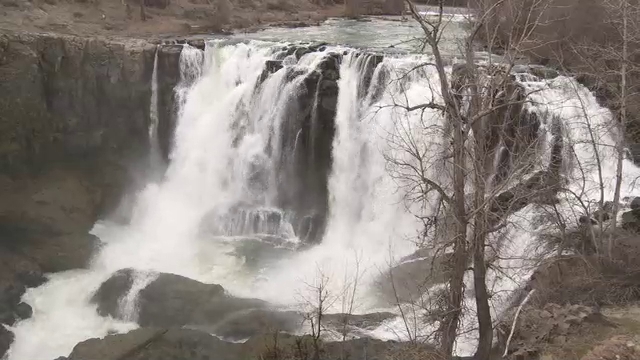This week I hit the open road to explore the valleys east of Mt Hood and discover the White River Wildlife Area and White River State Park.
There are nearly 30,000 acres of refuge that reach across more than 20 miles of terrain that provides an eastern point of view to the mountain. Josh Moulton, the White River Wildlife Area Manager, noted, “We’re a bit off the beaten path for sure; tucked out here in the oaks and pines at about 2100 feet in elevation. You soon see, it’s a different sort of wildlife area.”
The White River Wildlife Area was established in the 1950’s to keep wintering deer and a growing elk herd up in the Cascade Mountain foothills rather than down on neighboring farmlands.
“A winter feeding program continues to serve the wildlife; both deer and elk,” added Moulton. We begin feeding in early December at designated stations throughout the refuge and the animals pretty much tell us by their behavior when to stop. That is usually about now. We planted an alfalfa field last year and the deer love that. It’s giving visitors a bit more reliable opportunity for viewing the deer herds – which can reach several hundred strong in winter.”
Moulton added that the eastside view to Mt Hood is a surprise for visitors too: “We’re less than twenty miles as the crow flies and while many of my friends in the valley say, ‘You should see our view of Mt Hood.’ I have to chuckle because you really should see it from this side too. It really shines from up here.”
Above the nearby burg of Tygh Valley, an overlook provides a peek to the namesake White River and marks a route that pioneers followed in the great migration across Oregon to reach the Willamette Valley.
There are several lakes and ponds but a short cast away where boating and fishing can be enjoyed: “ Many folks have weekend or summer homes at Pine Hollow Reservoir and nearby Rock Creek Reservoir, said Moulton. “People come for the fishing – trout fishing. It’s easy access for the kids too– no steep banks.”
From Tygh Valley, you may wish to strike out further east on a short four-mile drive along State Highway 216 to another secret hideaway where the White River plunges over a basalt shelf.
White River Falls State Park offers a sprawling greenway with scattered picnic tables at a day use site that opens each spring.
You’ll be drawn to explore the rugged quarter-mile trail that takes you riverside where you discover something more:
A complicated system of pipes and flumes diverted water from above the falls down into a powerhouse and where electricity-producing turbines generated power for the region from 1910 to 1960.
The Dalles Dam construction and completion led to the White River project’s demise and it shut down in the 60’s.
For obvious safety reasons, Oregon State Parks does not want visitors inside the old powerhouse building that is falling in upon itself. “Keep Out” signs on the shuttered building make that message clear, so observe the signs as you explore the riverside scenery.
Do not forget a camera when you hike this path for the photo opps are numerous and stunning – of the river, the canyon and the powerful White River Falls where two plunge pool falls drop more than 90-feet in dramatic fashion at this time of year.
The park is a popular picnicking, hiking and fishing retreat for visitors who wish to dip their toes in this corner of the greater Deschutes River corridor.




